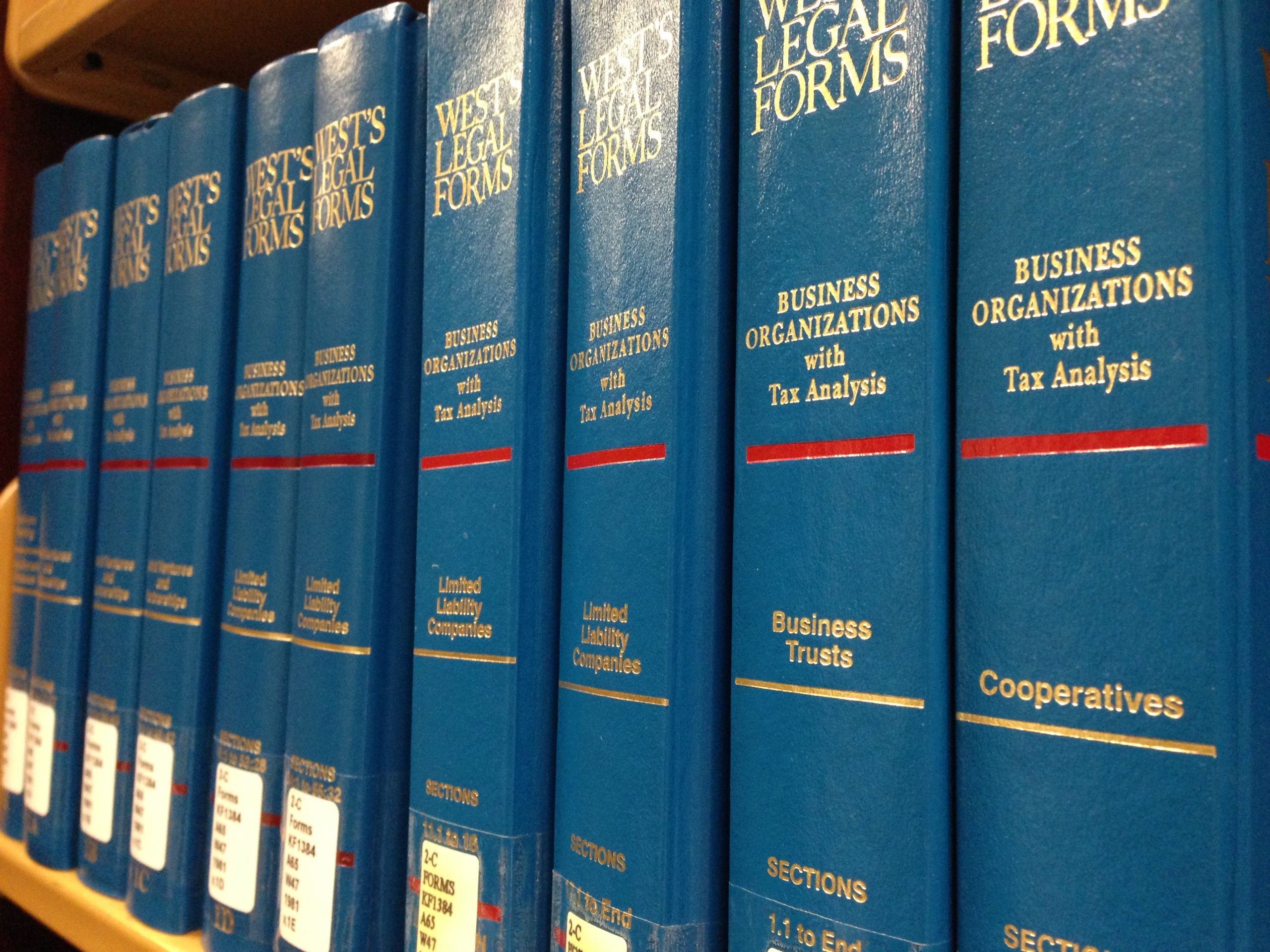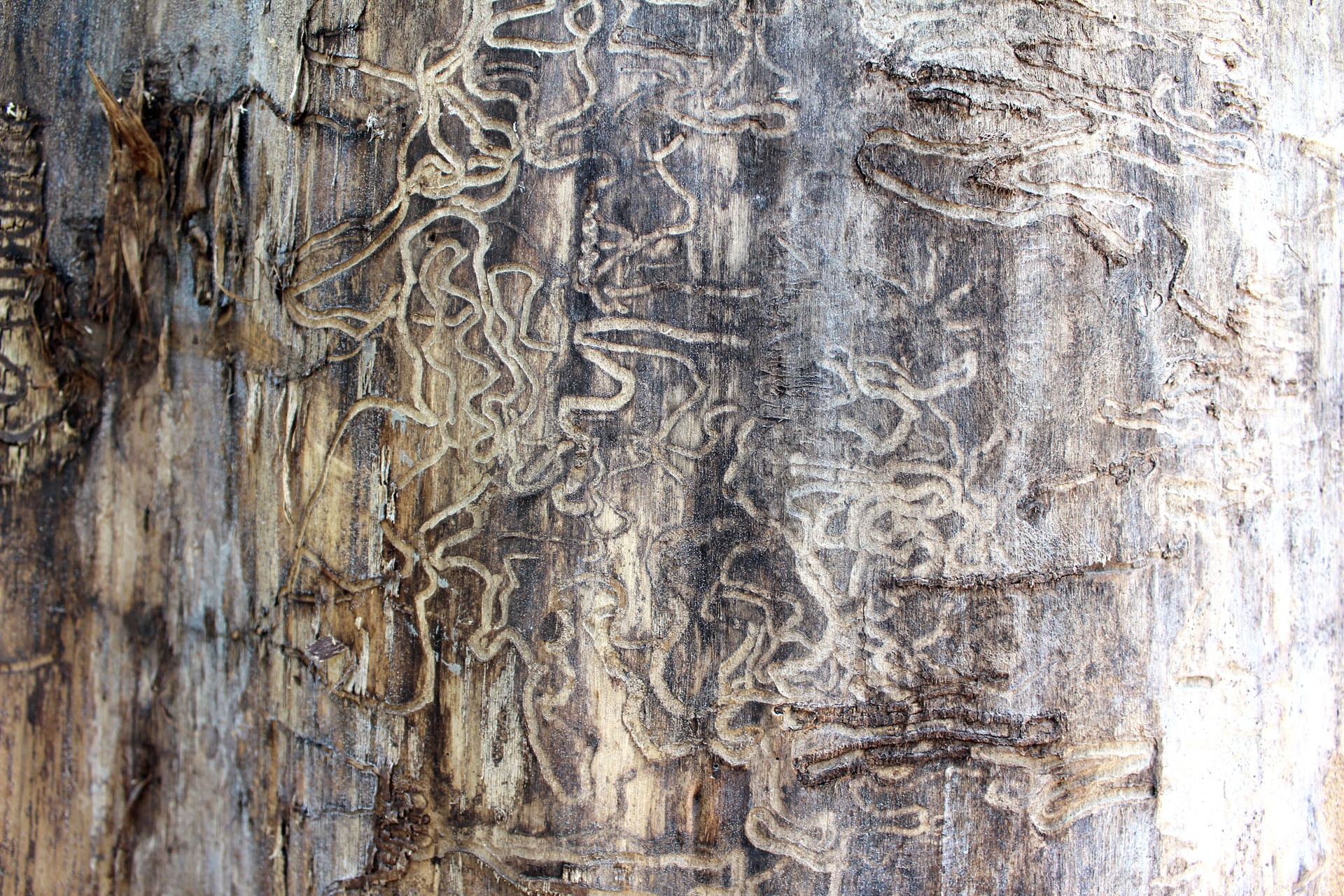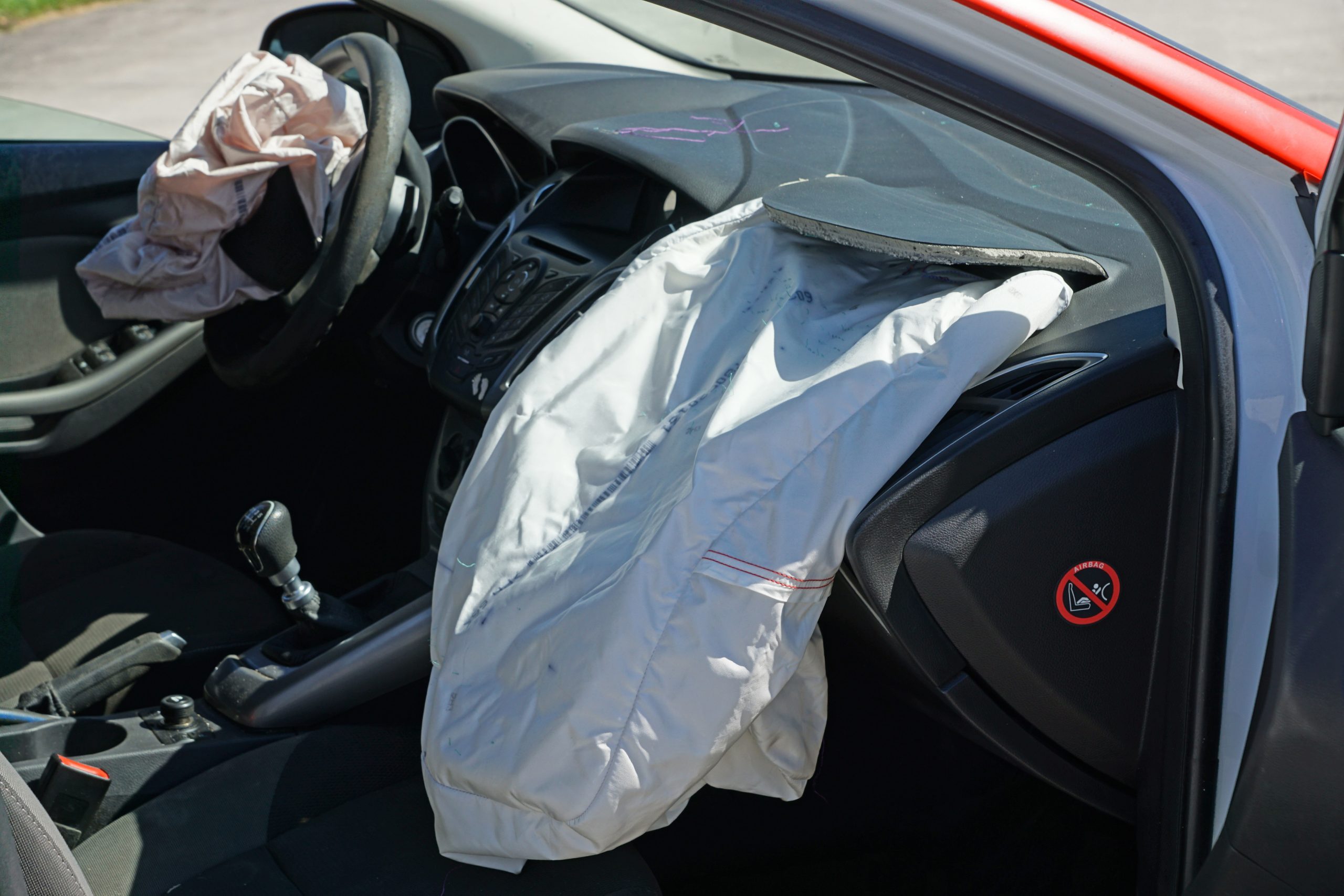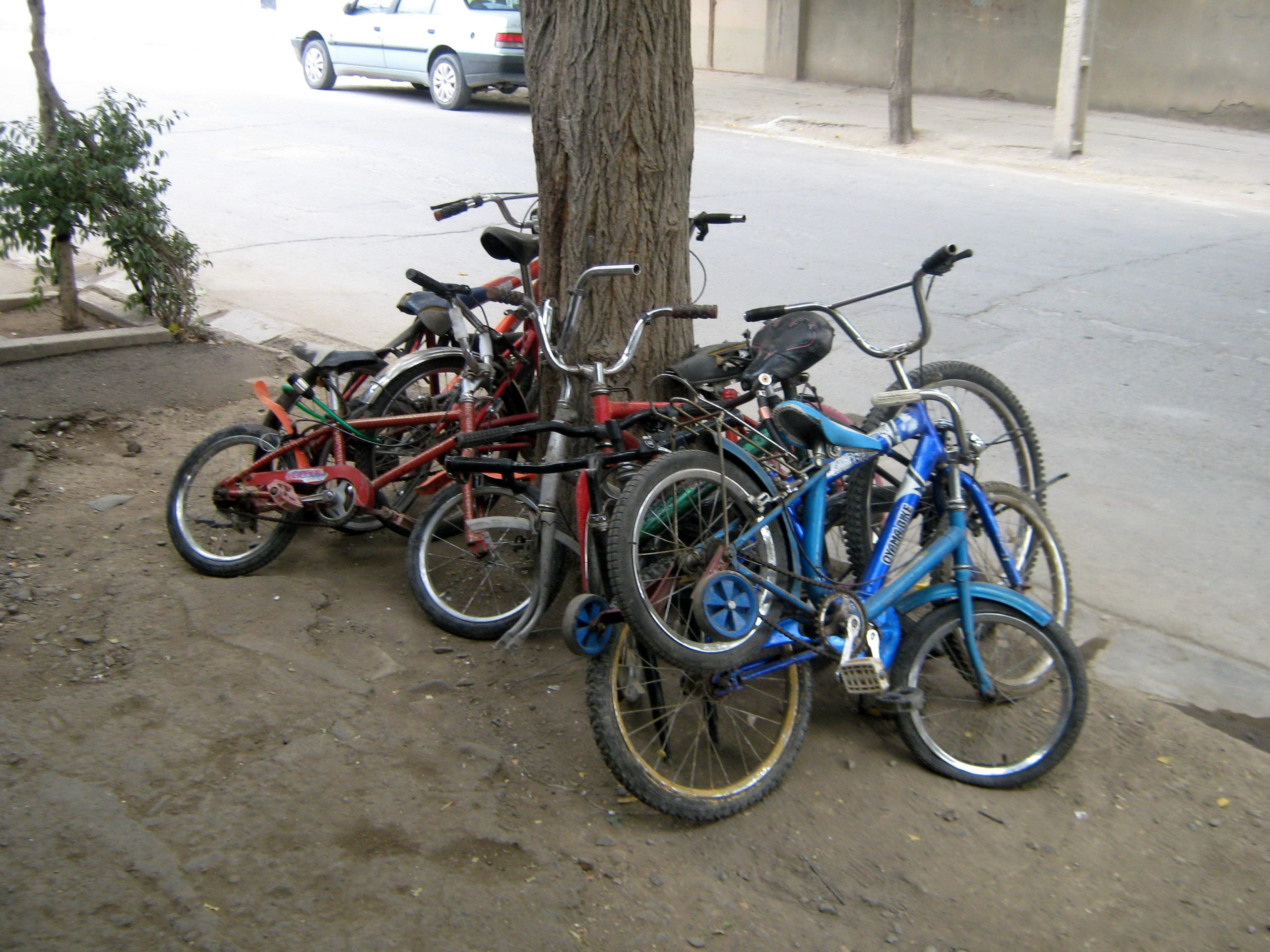 In Louisiana, a conspiracy is a combination of two or more persons to do something unlawful, either as a means or as an ultimate end. Once a conspiracy has been established, an act done by one in the furtherance of the unlawful act is, by law, the act of all others involved in the conspiracy.
In Louisiana, a conspiracy is a combination of two or more persons to do something unlawful, either as a means or as an ultimate end. Once a conspiracy has been established, an act done by one in the furtherance of the unlawful act is, by law, the act of all others involved in the conspiracy.
If proven, a conspiracy can allow for solidary liability among all of the co-conspirators for the damage caused. Solidary liability means that each responsible party is independently liable for the entire obligation, responsibility, or debt to the party who was harmed by any one of them. Everett Curole’ lawsuit after an assault and battery at his home, shows the power of the legal system to hold parties accountable for their nefarious acts.
In the early morning of December 31, 2002, Bonnie Delcambre, Quinn Delcambre, Glenn Gadrow, Tricia Menard, Rory Delcambre, Lori Toups, and Rayford Champagne arrived at the at the home of Everett and Charlene Curole. Bonnie kicked in the front door and everyone else followed her into the home. Bonnie woke Mrs. Carole to confront her and Rory, Quinn, and Glenn severely beat Mr. Carole. During the beating, the others punched holes in the walls. The assailants then fled the scene,, and Mrs. Curole called 911.
 Insurance Dispute Lawyer Blog
Insurance Dispute Lawyer Blog


 Rick Sheppard, an inmate in the custody of the
Rick Sheppard, an inmate in the custody of the  A man is in the hands of a facility tasked with providing sufficient medical care. Instead of meeting this standard of care and due diligence, the facility fails to adjust the man’s diet, and he chokes on solid food that he should not eat, leading to his death. When his parents and children bring multiple complaints of medical malpractice, his children’s claim gets dismissed despite the apparent negligence of the facility. Why did that happen?
A man is in the hands of a facility tasked with providing sufficient medical care. Instead of meeting this standard of care and due diligence, the facility fails to adjust the man’s diet, and he chokes on solid food that he should not eat, leading to his death. When his parents and children bring multiple complaints of medical malpractice, his children’s claim gets dismissed despite the apparent negligence of the facility. Why did that happen? Slip-and-fall cases are prevalent in the restaurant industry. In handling various kinds of food and drink, it makes sense that sometimes, things end up on the floor and can cause a slip hazard for customers. But when a customer falls without a clear cause, how can the court determine who is at fault?
Slip-and-fall cases are prevalent in the restaurant industry. In handling various kinds of food and drink, it makes sense that sometimes, things end up on the floor and can cause a slip hazard for customers. But when a customer falls without a clear cause, how can the court determine who is at fault?
 Expert testimony is one tool litigants can use to prove their arguments in a court of law. Expert witnesses are highly credible individuals with advanced knowledge in a particular field in a lawsuit. The testimony of experts is meant to assist the court in understanding the evidence in matters of fact. But not just anyone claiming to be an expert can testify on behalf of a litigant. As homeowners Blake and Courtney Freeman learned in a painful way, the testimony of six expert witnesses they offered was denied admissibility because it failed to meet Louisiana’s standards for expert testimony evidence.
Expert testimony is one tool litigants can use to prove their arguments in a court of law. Expert witnesses are highly credible individuals with advanced knowledge in a particular field in a lawsuit. The testimony of experts is meant to assist the court in understanding the evidence in matters of fact. But not just anyone claiming to be an expert can testify on behalf of a litigant. As homeowners Blake and Courtney Freeman learned in a painful way, the testimony of six expert witnesses they offered was denied admissibility because it failed to meet Louisiana’s standards for expert testimony evidence. It’s a common scenario: a potential buyer visits a car lot, finds a vehicle he’d like to test drive, and heads out onto the road with the salesperson in the passenger seat. What happens, though, if an accident occurs during the test drive? Suppose the potential buyer loses control of the vehicle while driving — who is responsible for injuries and property damage that result?
It’s a common scenario: a potential buyer visits a car lot, finds a vehicle he’d like to test drive, and heads out onto the road with the salesperson in the passenger seat. What happens, though, if an accident occurs during the test drive? Suppose the potential buyer loses control of the vehicle while driving — who is responsible for injuries and property damage that result? Sometimes words that we think have clear meanings become less than clear when used in the law. For instance, if a state statute prohibits cars from driving on park grounds, we would naturally conclude that a regular passenger vehicle is forbidden from entering the park. However, what about a toy car? Would a toy car be banned as well? It would be ridiculous to think that the legislature intended to forbid toy cars and passenger vehicles from park property. In some cases, courts are called upon to apply statutes to situations that, based on the plain language of the law, are not entirely clear. On the other hand, in cases where the rule is clearly written, Louisiana courts favor a direct application of the law.
Sometimes words that we think have clear meanings become less than clear when used in the law. For instance, if a state statute prohibits cars from driving on park grounds, we would naturally conclude that a regular passenger vehicle is forbidden from entering the park. However, what about a toy car? Would a toy car be banned as well? It would be ridiculous to think that the legislature intended to forbid toy cars and passenger vehicles from park property. In some cases, courts are called upon to apply statutes to situations that, based on the plain language of the law, are not entirely clear. On the other hand, in cases where the rule is clearly written, Louisiana courts favor a direct application of the law.  Does a physician’s use of differential diagnosis raise a medical malpractice issue in Louisiana? That question is at the center of a recent medical malpractice case out of Lake Charles. The Louisiana Third Circuit Court of Appeal addresses liability attached to a method of clinical diagnosis known as a differential diagnosis.
Does a physician’s use of differential diagnosis raise a medical malpractice issue in Louisiana? That question is at the center of a recent medical malpractice case out of Lake Charles. The Louisiana Third Circuit Court of Appeal addresses liability attached to a method of clinical diagnosis known as a differential diagnosis.